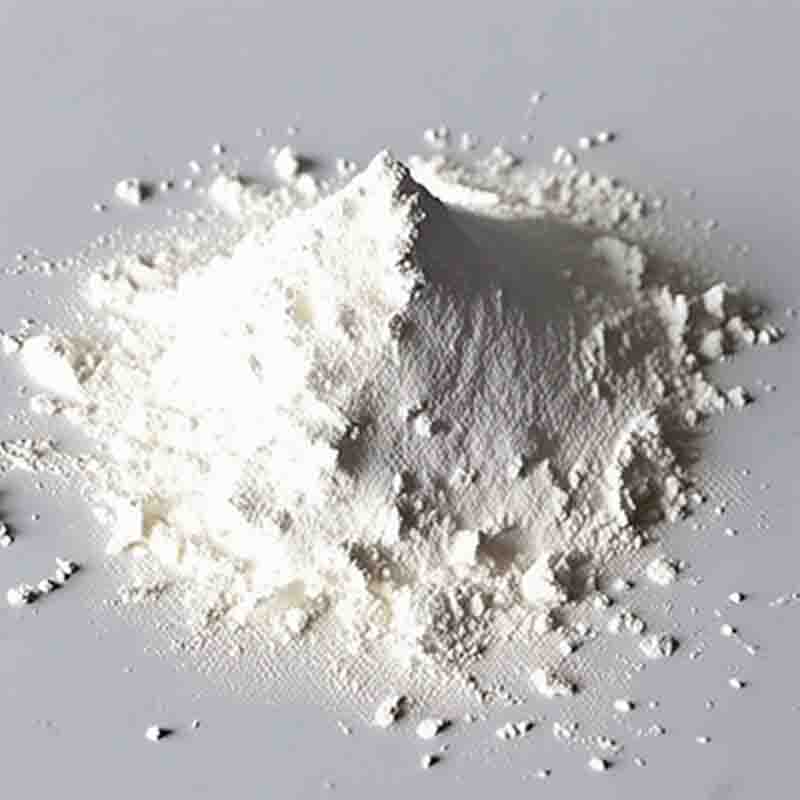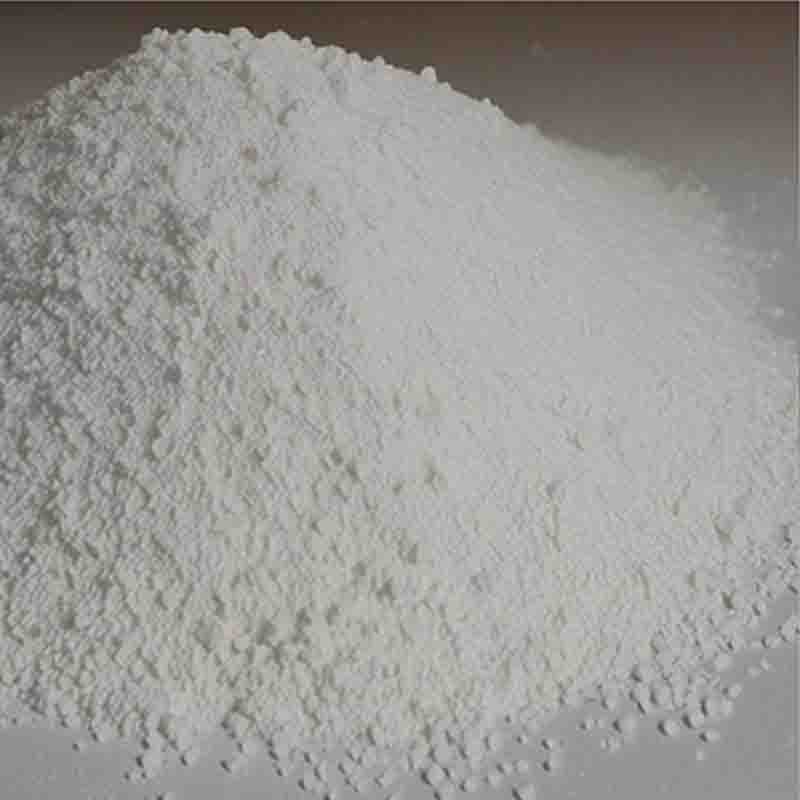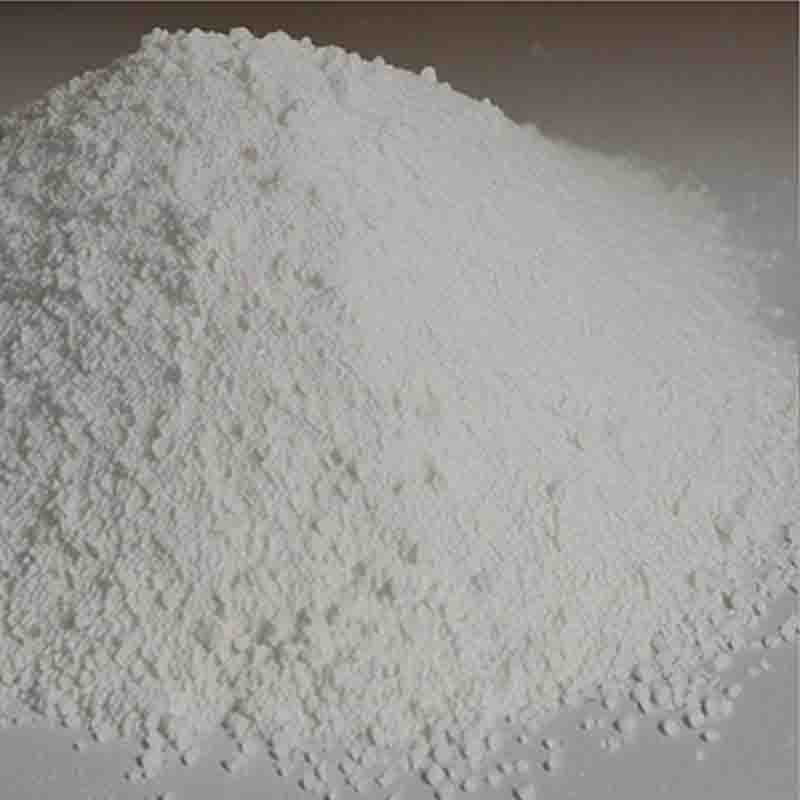1,2,3-triacetyl-5-deoxy-β-D-Ribose CAS: 62211-93-2
| Catalog Number | XD93762 |
| Product Name | 1,2,3-triacetyl-5-deoxy-β-D-Ribose |
| CAS | 62211-93-2 |
| Molecular Formula | C11H16O7 |
| Molecular Weight | 260.24 |
| Storage Details | Ambient |
Product Specification
| Appearance | White powder |
| Assay | 99% min |
1,2,3-triacetyl-5-deoxy-β-D-ribose is a modified form of ribose, a sugar molecule found in RNA (ribonucleic acid) and other naturally occurring compounds. This derivative has several potential uses in various scientific and medical applications.One of the primary uses of 1,2,3-triacetyl-5-deoxy-β-D-ribose is in the synthesis of nucleoside analogs. Nucleoside analogs are synthetic compounds that mimic the structure of natural nucleosides, the building blocks of DNA and RNA. These analogs can be incorporated into DNA or RNA during replication or transcription, leading to altered cellular function or inhibition of specific enzymes.By modifying the ribose molecule with acetyl groups (acetylating), 1,2,3-triacetyl-5-deoxy-β-D-ribose enhances the stability and lipophilicity of the compound. This modification allows for better penetration into cells and increased resistance to enzymatic degradation. These properties are particularly advantageous in developing nucleoside analogs with desired pharmacological properties for use as antiviral or anticancer agents.In the field of antiviral research, 1,2,3-triacetyl-5-deoxy-β-D-ribose derivatives can serve as precursors for the synthesis of antiviral nucleoside analogs. These analogs can inhibit viral replication by acting as chain terminators of viral DNA or RNA synthesis. They can be designed to target specific viral enzymes or polymerases, disrupting their function and preventing the virus from replicating. The acetyl groups confer the necessary properties for these molecules to be effective in vivo.In anticancer research, 1,2,3-triacetyl-5-deoxy-β-D-ribose derivatives have shown promise as potential prodrugs for nucleoside analog chemotherapeutic agents. Prodrugs are inactive compounds that are converted into active drugs within the body. By acetylating the ribose molecule, these derivatives can improve the stability and absorption of the prodrug, allowing for better delivery and activation of the therapeutic agent at the tumor site. This approach enhances the specificity and therapeutic efficacy of nucleoside analog chemotherapeutics while minimizing systemic toxicity.Furthermore, 1,2,3-triacetyl-5-deoxy-β-D-ribose derivatives have also been explored in the development of diagnostic imaging agents. By incorporating radioisotopes or contrast agents into the modified ribose structure, these derivatives can be used as molecular probes for positron emission tomography (PET) or magnetic resonance imaging (MRI), enabling the visualization and detection of specific targets in the body.In summary, 1,2,3-triacetyl-5-deoxy-β-D-ribose is a versatile compound with potential applications in nucleoside analog synthesis for antiviral and anticancer research, as well as prodrug development and diagnostic imaging. The acetyl groups enhance the stability, lipophilicity, and pharmacological properties of the derivative, making it a valuable tool in the development of novel therapeutics and diagnostic agents.









![1,8-Diazabicyclo[5.4.0]undec-7-ene CAS:6674-22-2](https://cdn.globalso.com/xdbiochems/白色粉末1876.jpg)